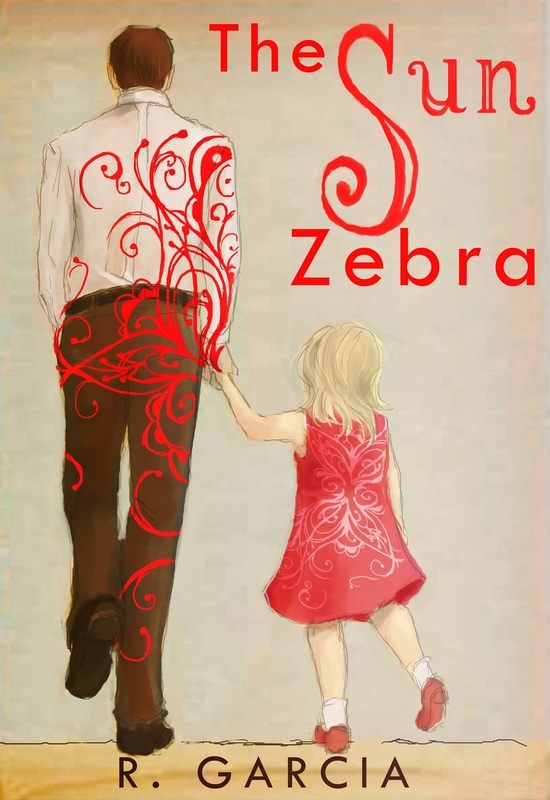
I disagree with both.
Let me deal first with the reader. As far as I am concerned, readers are responsible for their purchases. If you purchase a bad product you have no one to blame but yourself. I often think of the analogy of a supermarket. It has products of high and low quality. You walk around with your cart and make shopping decisions based on the quality of the products and your budget. You pick up the items, read the labels, compare one with the other and then make your decision. Why should book buying be any different? So you bought a book and it was bad. Did you read the sample pages? Did you read the reviews? Did you click on the names of the reviewers and check out their other reviews? Did you visit the author's website and read their blog and some free samples? Or did you buy the book because the cover looked good or because it has a high rating on a handful of reviews? The way I see it, the reader HAS the responsibility to find out about the quality of the book they are considering buying. And if a reader buys a bad book I don't appreciate them not owning up to their mistake and chiding all self-published writers in the process.
The argument from the writer's side, although it is a well-meaning call to excellence, falls short of understanding the reality of self-publishing. In self-publishing we are our own boss. We call the shots. The whole point of self-publishing is freedom: freedom from gatekeepers, and freedom to take our work directly to the reader. When you declare that there is freedom, there is someone out there who will use that freedom in ways you won't like. There are authors who put out sloppy books. In fact some do so as a formal strategy where they concentrate on quantity over quality. My approach is to make my book as good as possible within the confines of my personal situation. However, I don't feel I need to embrace a crusading banner and go around trying to encourage others to improve their books for the greater good for the simple reason that I am not a gatekeeper. It is my opinion that any pressure to try to make self-published authors conform to a mold sets a bar, and bars are the warp and woof of gatekeeping. The reason we are self-publishing is to avoid this. Of course there are some commonsense guidelines, and writers ignore them at their own risk. But what you do with your book is your own business. You don't HAVE to do anything and much less OWN IT to anyone. This is the way of the self-publishing frontier.
What do you think? (Photo credit: Vectorportal /CC BY-NC-ND)
***
If you like this blog you can have links to each week's posts delivered to your e-mail address. Please click here.


 RSS Feed
RSS Feed



